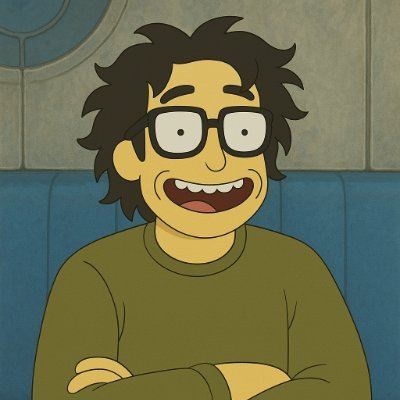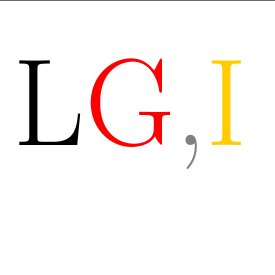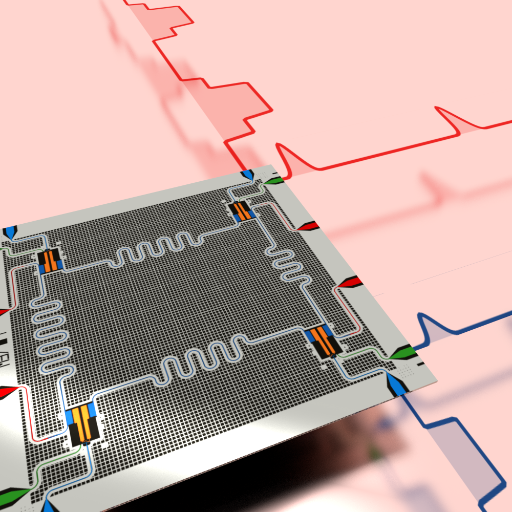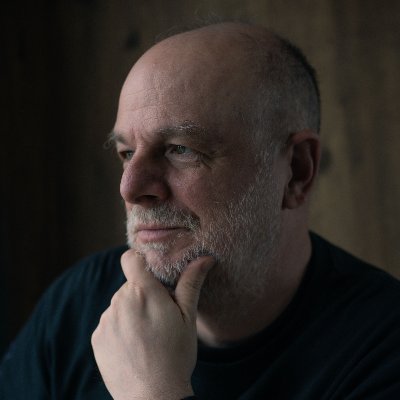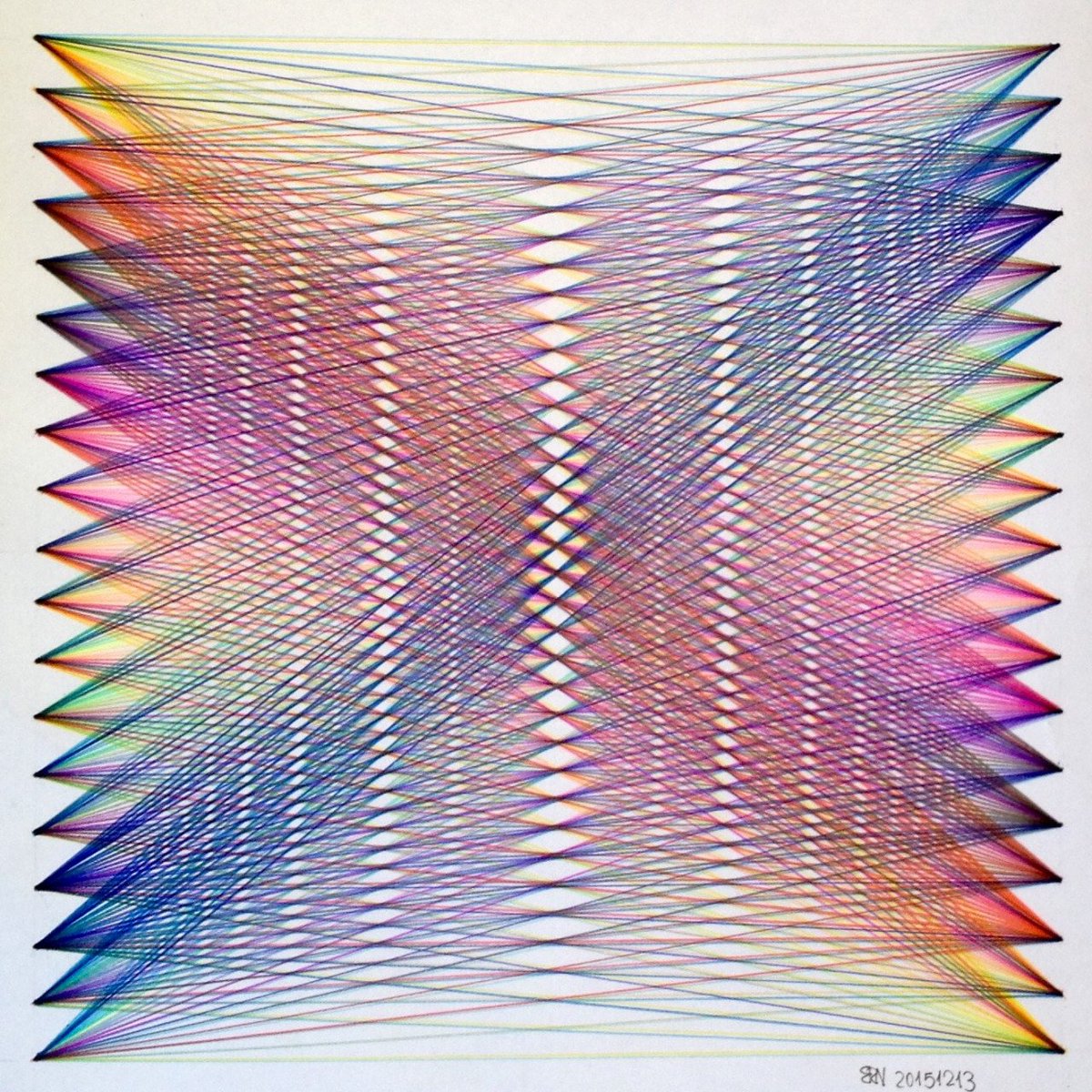#surfacecode ผลการค้นหา
Quantum Surface Code Scaling For IBM Heavy-Hex Systems Read more on quantumcomputer.blog/quantum-surfac… #QuantumSurfaceCode #QuantumSurface #SurfaceCode #IBM #HeavyHexSystems #EFmetric #News #Technews #Technology #Technologynews #Technologytrends #Govindhtech @TechGovind70399
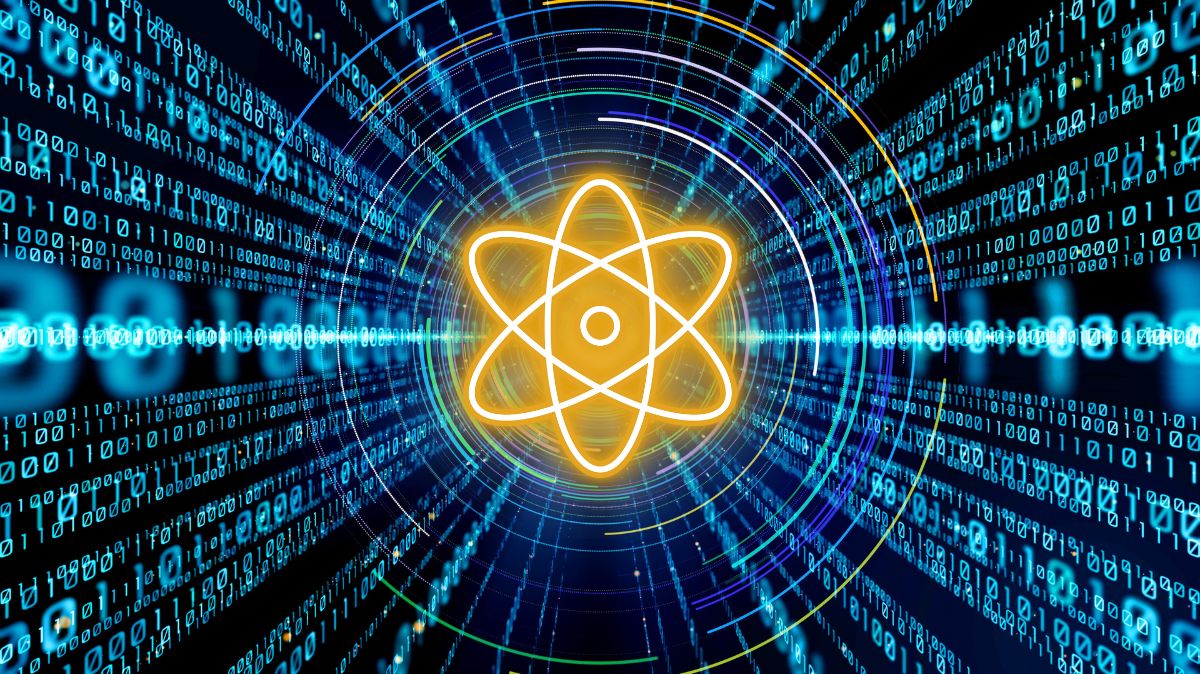
Surface-code lattices on 2D superconducting qubit arrays implement real-time stabilizer measurements, demonstrating distance-3 logical qubit lifetimes .#SurfaceCode #Logical
Quantum benchmark challenge: 50 logical qubits demonstrated via surface-code prototypes in national lab facilities, validating fault-tolerance pathways .#FaultTolerance #SurfaceCode
Quantum error-correction research focuses on surface codes implemented on cross-resonance gates, achieving logical error rates below 1% in lab tests. #SurfaceCode #ErrorCorrection
RESCUED: Robust Quantum Error Correction with Surface Code in Noisy Channels using Ensemble Decoder linkedin.com/posts/saikat-b… #QuantumComputing #QuantumErrorCorrection #SurfaceCode #EnsembleDecoder #QuantumCommunication #NoiseRobustness #QuantumTechnology
linkedin.com
RESCUED: Robust Quantum Error Correction with Ensemble Decoder | Saikat Barua posted on the topic |...
Hello everyone! I am delighted to share that our research paper "RESCUED: Robust Quantum Error Correction with Surface Code in Noisy Channels using Ensemble Decoder" has been published. While quantum...
quantum algorithms on real-world hardware. The researchers used a novel error-correction technique called #surfacecode, which allows them to correct errors in quantum information with high accuracy. This breakthrough could pave the way for the development of practical quantum
Preparing a 17 qubit #surfacecode device. @ETHZ_FIRSTLab is much more quite at this time of the day. To be installed at @psich_en tomorrow.
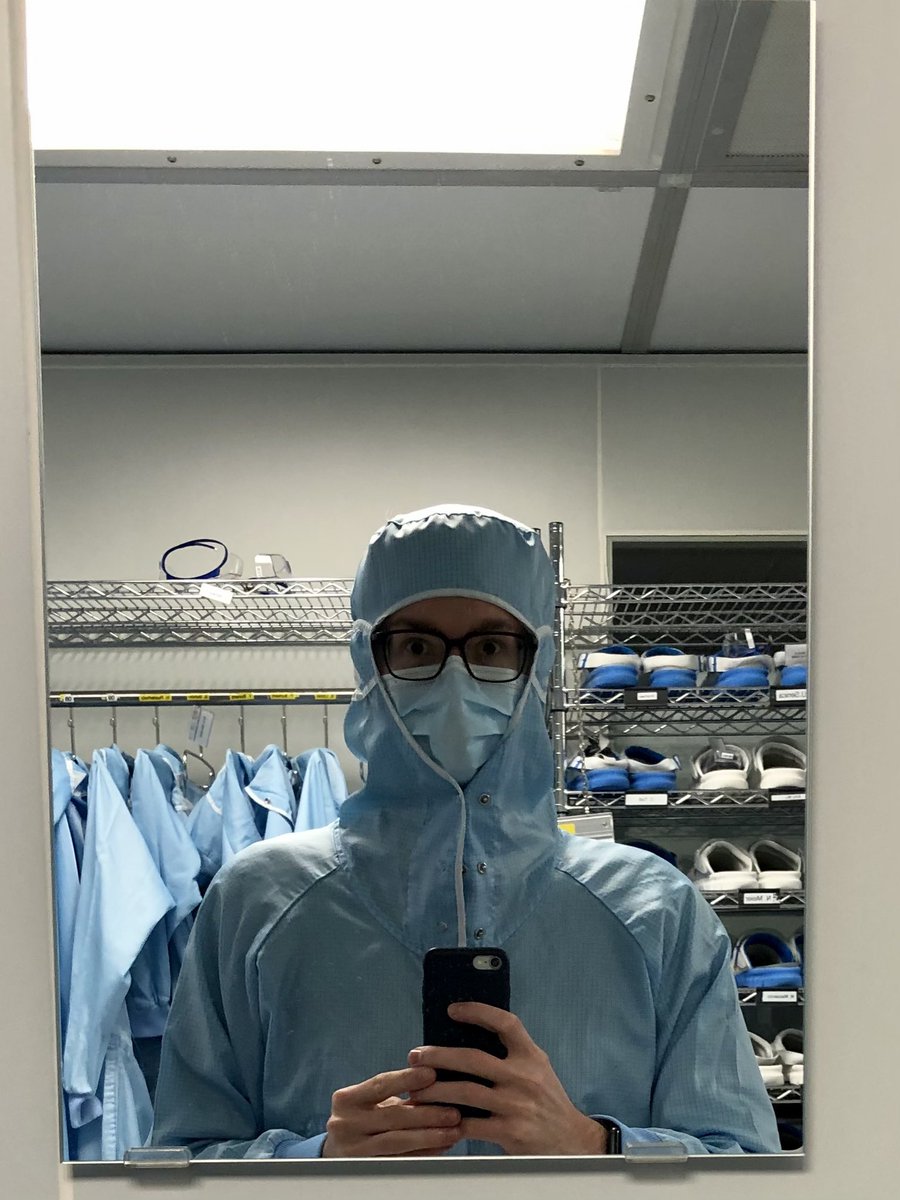
#Quantumerrorcorrection allows to correct for arbitrary quantum noise. But common codes such as the #surfacecode are best suited to iid unbiased noise. In this work, we tailor the surface code to non-independent and non-identically distributed errors. scirate.com/arxiv/2208.021…
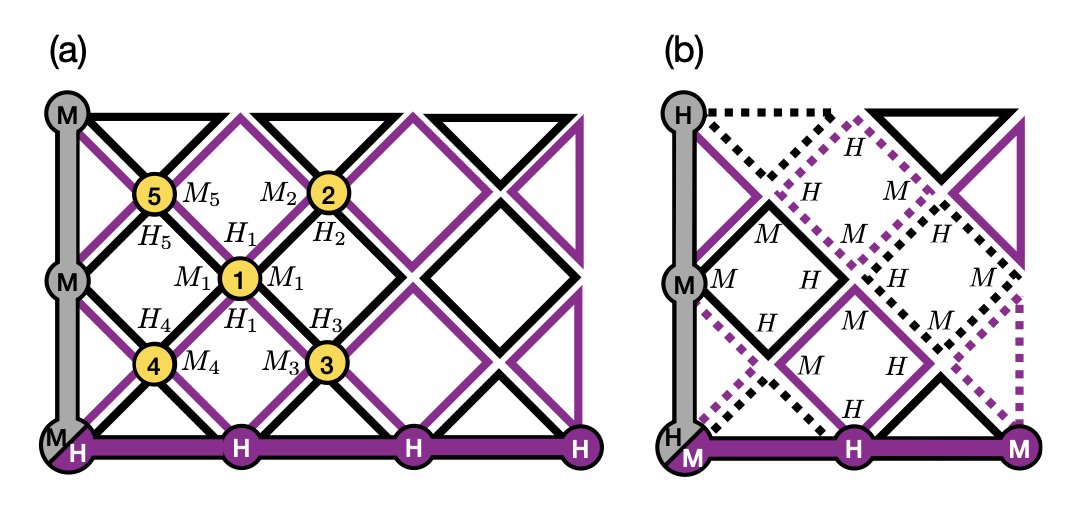
> qubits n. For the #SurfaceCode, Darmawan and Poulin^{28,29} proposed an algorithm with a runtime exponential in n^{1/2} based on tensor networks, and simulated systems with up to 153 qubits. This algorithm can handle arbitrary noise (including, e.g., amplitude damping). >

> need to be corrected when they affect measurement outcomes, and thus one merely needs to identify errors, and then correct any measurements that are affected by these errors. This can be done entirely in the classical system used to control the #SurfaceCode, as we describe in >
> qubits entangled in this way is used to define a logical qubit, which due to the entanglement and measurement has far better performance than the underlying physical qubits. We describe how logical qubits are constructed in the #SurfaceCode and also show how the complete set >
#FowlerMariantoniMartinisCleland-11 "Further reduction of the #qubit[-]overhead can in principle be achieved by speeding up the #SurfaceCode operation. Faster operation means fewer qubits are needed to generate |A_L〉 states at the necessary rate. Note, however, that >
#FowlerMariantoniMartinisCleland-9 "The spatial extent of the circuit is determined in part by the number of computational logical qubits, which for this circuit is about 2𝑁=4000. A much larger part of the #SurfaceCode is needed, however, to generate and purify the >
> including thorough analyses of #errors and their propagation [16,17] and the ongoing development of efficient classical control #software [18]. A number of authors are working on improving the classical processing associated with the #SurfaceCode [19–23], as well as other >
#BravyiEnglbrechtKoenigPeard-2 "Surface codes are building blocks of #QuantumComputing platforms based on 2D arrays of qubits responsible for detecting and correcting errors. The error suppression achieved by the #SurfaceCode is usually estimated by simulating toy noise models >
Our paper on Repeated #Quantum #ErrorDetection in a #SurfaceCode is out in @NaturePhysics today. Check out the proud @ETH_physics @ETH_en first author presenting the setup, sample mount and chip in the photographs below. nature.com/articles/s4156…

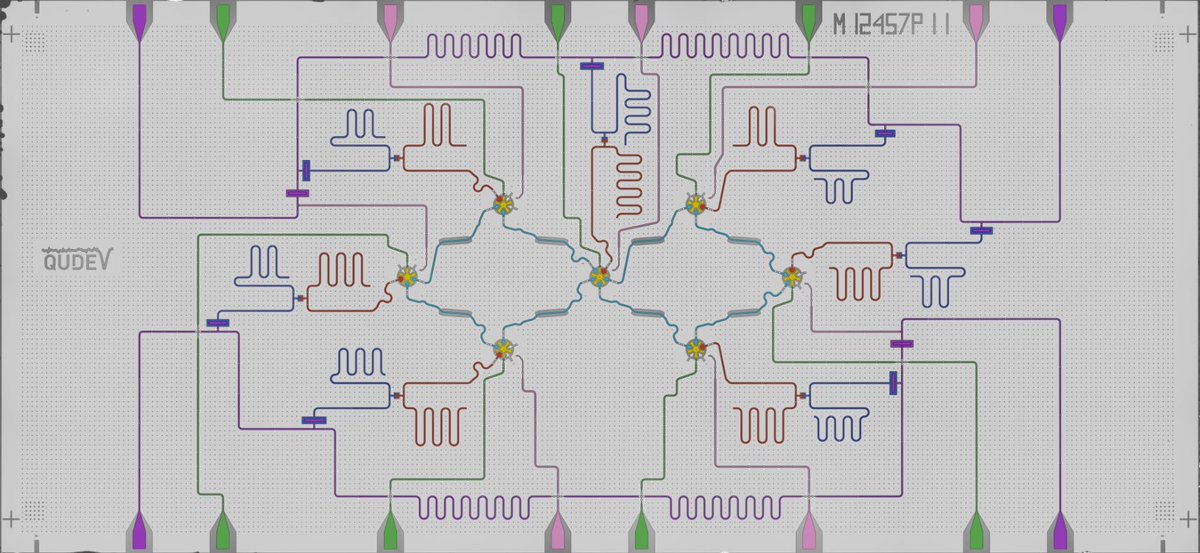
I'm sure @CraigGidney knows most of this, but I figure there are others out there just beginning down the #surfacecode road that will benefit!
Of course, you can't say #surfacecode without mentioning Austin Fowler. arxiv.org/find/quant-ph/… (picks up other A. Fowlers, though.)
Since then, the #surfacecode story has advanced quite a bit. @qudit's lattice surgery (arxiv.org/abs/1111.4022) alters space needs, esp. for small systems.
@ lasersyriacum With minor augmentation the interference pattern can be made to look like a trollface #trippy #surfacecode
Something went wrong.
Something went wrong.
United States Trends
- 1. Chiefs 106K posts
- 2. Kelce 24K posts
- 3. Kelce 24K posts
- 4. Texans 45.8K posts
- 5. #ITWelcomeToDerry 56.5K posts
- 6. Andy Reid 6,495 posts
- 7. #BaddiesUSA 27.3K posts
- 8. Rashee Rice 7,900 posts
- 9. Collinsworth 6,538 posts
- 10. CJ Stroud 3,561 posts
- 11. #HOUvsKC 2,099 posts
- 12. Chris Jones 2,747 posts
- 13. #HTownMade 2,673 posts
- 14. #SNFonNBC 1,134 posts
- 15. Pitre 6,381 posts
- 16. Jeff Kent 8,686 posts
- 17. Pennywise 28.3K posts
- 18. AFC West 4,505 posts
- 19. Nagy 2,411 posts
- 20. Packers 80.9K posts





